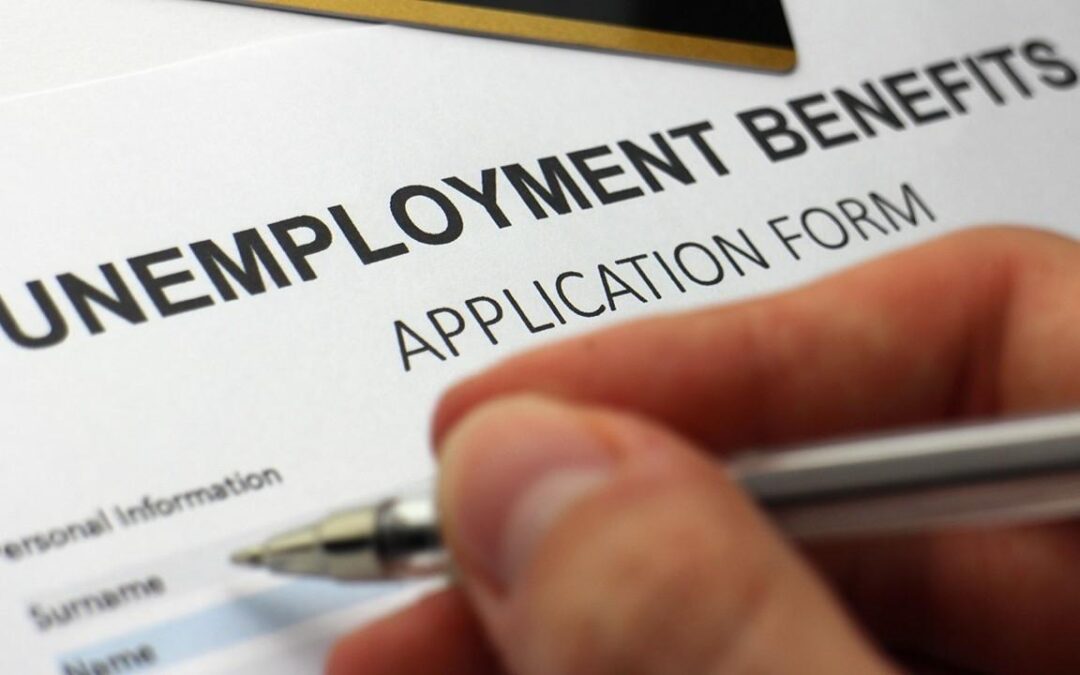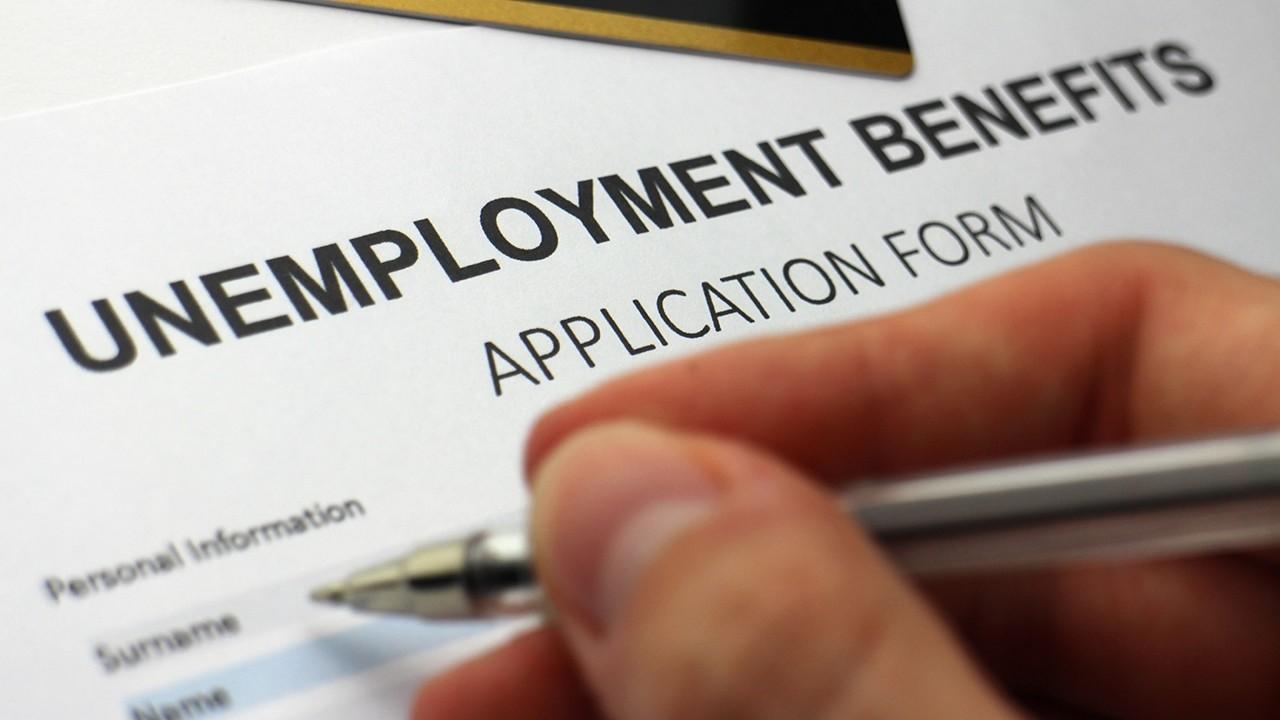Of all of the complexities of the COVID-19 crisis, few have been more perplexing than the staffing crisis, particularly in the service industry. Staffing remains a major limiting factor when it comes to Marin’s major industry sectors returning to normalcy, particularly for restaurants, some of whom have had to reduce capacity because of lack of sufficient staff.
But as has been the case for several months, the million-dollar question has been…why? As is often the case, Mill Valley employers say they can’t point to a single factor long pointed, instead identifying, including childcare needs, concerns about exposure to unvaccinated patrons, and workers seizing the moment amidst the pandemic to make long-sought career changes. We’ve also heard that there’s a cyclical effect: limited staff = reduced seating capacity = fewer tips and reduced wages = less people interested in returning to work.
Some employers have pointed to the planned Sept. 6th end of extended unemployment benefits as a possible shift in the staffing shortage, but Labor and Treasury Department officials said last week that states will be allowed to use pandemic funds allocated by Congress to continue the benefits beyond Labor Day. It remains unclear if California plans to extend its benefits.
In the meantime, the debate rages. Twenty-six states, all but one of which is led by a Republican governor, have moved to end some or all of the expanded unemployment benefits that have been in place since the pandemic began, putting their weight behind the argument that unemployment benefits are the primary driver of employers’ struggle to hire.
But a New York Times report in recent days points to several studies that found the extra payments “have played only a small role in this year’s labor shortages,” with “at most a modest increase in employment in states that abandoned the programs.”
“The idea was that there were lots of jobs — it was just that people weren’t looking. That was the narrative,” Arindrajit Dube, a University of Massachusetts economist who was an author of one of the studies, told the Times. “I don’t think that story holds up.”
Federal unemployment data for July 2021 from the Labor Department “showed that the states that cut benefits have experienced job growth similar to — and perhaps slightly slower than — growth in states that retained the benefits,” including in the staffing deprived leisure and hospitality sector.
In Marin, which once again reported the lowest unemployment rate in the state at 4.5 percent, according to the state Employment Development Department.
“Employers in Marin across industry sectors are reporting extreme difficulty in hiring new employees at all wage levels,” Joanne Webster, CEO of the San Rafael Chamber of Commerce, told the Marin Independent Journal. “Many are increasing wages and offering attractive compensation packages and still having trouble with recruitment. This is a major challenge for our economy.”
“The State should consider utilizing federal COVID relief money on other issues that are plaguing our communities like homelessness rather than extending unemployment benefits beyond Labor Day,” she added.
Mike Blakeley, chief executive of the Marin Economic Forum, told the IJ that the jury remains out on whether the extended unemployment benefits are making it more difficult for California businesses to hire the employees they need.
“The data has so far not proven one way or the other in terms of the benefits keeping people on the sidelines,” Blakeley said.
“Employers were struggling pre-pandemic,” Blakeley told the IJ, “especially those who were hiring in the lower wage categories. These workers are not in abundance in the county, and workers in other regions that might take jobs in Marin have sufficient options locally so they don’t need to commute.”
Many of the aforementioned issues driving the staffing shortage may have receded somewhat over the summer, but they could worsen again this fall if virus cases continue to rise, said Fiona Greig, co-president of the JPMorgan Chase Institute, which published a study this summer, that found that the benefits had a small though measurable effect on employment. “You have to weigh the pros and the cons,” Greig told the Times. “If these benefits get turned off, some of them may go back to work, but some of them may not, and those who do not will likely cut their spending a lot.”



Trackbacks/Pingbacks